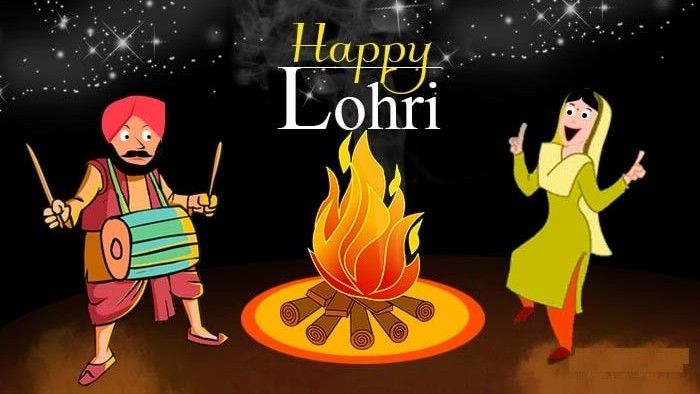
Lohri is a popular festival primarily celebrated in the Punjab region of India and Pakistan. It marks the end of winter and the harvest of the rabi crops, especially sugarcane. Celebrated on January 13 every year, Lohri holds cultural, religious, and agricultural significance, symbolising joy, prosperity, and new beginnings.
The auspicious festival has cultural importance. It is considered an occasion to thank Agni (the fire god) for a good harvest and seek blessings for prosperity. Learn more about the festival, its ritual, and its significance, which are mentioned below.
Jammu lit up with a spectacular Lohri celebration at the historic *Raghunath Bazaar* and Kala Kendra, blending tradition, music and festive joy.
— Jammu Tourism (@JammuTourism) January 12, 2025
At Raghunath Bazaar, the event featured vibrant *music kiosks* and captivating live performances by the renowned *Saptak Group. pic.twitter.com/VqmDhXTygq
Lohri rituals
Lohri is one of the significant festivals, especially for Punjabis. Along with Punjab, the festival is celebrated in India, including Punjab, Jammu, Himachal Pradesh, Delhi, and Haryana. The festival is celebrated with bonfires, singing, and dancing. People throw offerings into the fire, such as sesame seeds (til), jaggery (gur), Rewari, peanuts, and popcorn, symbolising gratitude to nature.
The festive food includes traditional dishes like makki di roti (corn flatbread) and sarson da saag (mustard greens). Sweet treats like til laddoo, gajak, and Rewari are popular during the celebrations.
J&K: The Self-Help Groups (SHGs) of District Udhampur celebrated the Lohri festival at the DC complex to promote local craftsmanship pic.twitter.com/8uhAS6gcL9
— IANS (@ians_india) January 11, 2025
Lohri Significance
Lohri is a joyous occasion that brings communities together, celebrating the bounty of nature, the warmth of relationships, and the promise of a new season. Its rich cultural heritage, combined with traditional songs, dances, and feasting, makes it one of the most vibrant festivals in India.
Lohri is also celebrated as Pongal in numerous states in South India. However, in Andhra Pradesh, the festival is also known as Bhogi, and in Gujarat, it is known as Uttarayan. It is celebrated as Makar Sankranti in central India. It is a harvest festival which is celebrated on the night before Maghi.